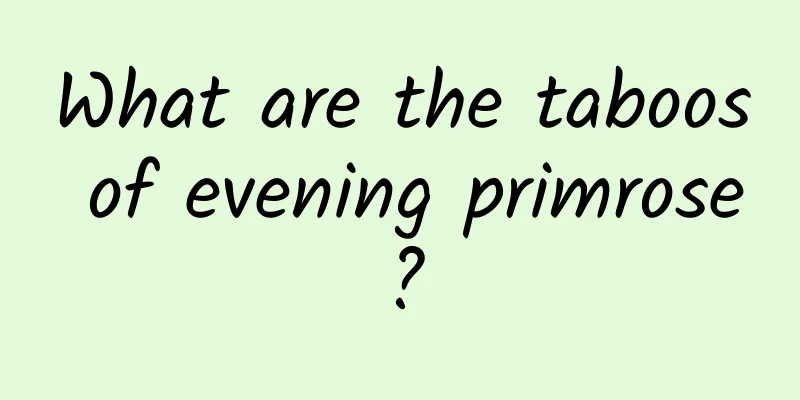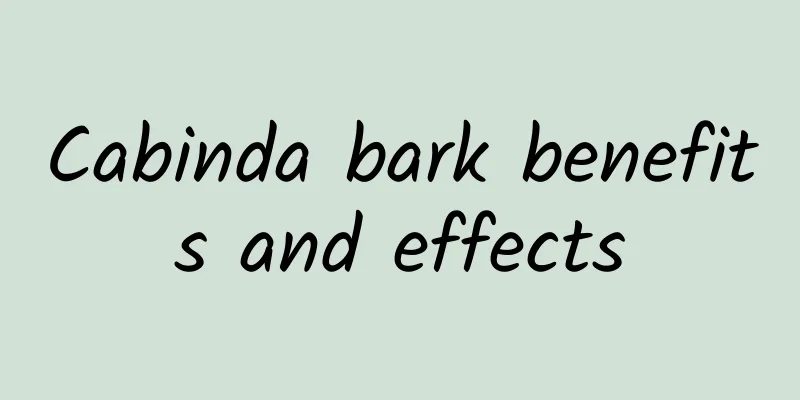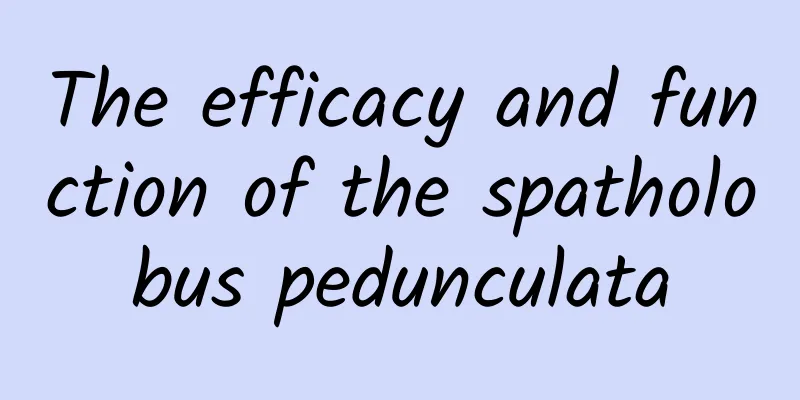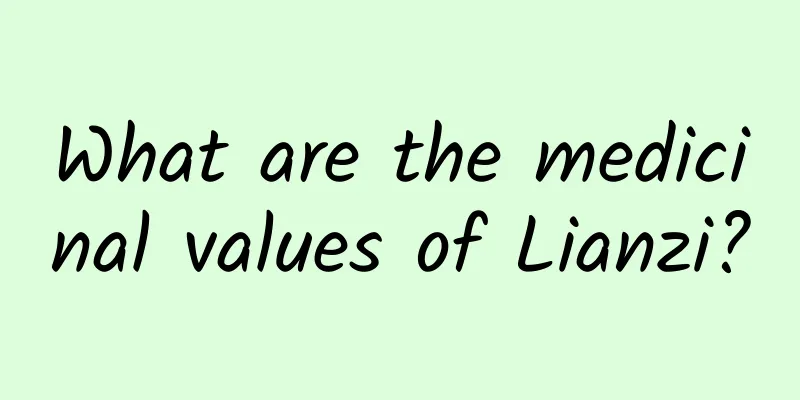Guizhi Fuling Decoction Recipe

|
Poria cocos is a polyporous fungus produced in mountainous areas. It has a very light taste and no peculiar smell. It has the effects of strengthening the spleen and appetizing. It is an extremely precious Chinese medicinal material. There are many ways to eat Poria cocos. The most common way is to make Poria cocos cake or Poria cocos biscuit. The taste is glutinous and sweet. After processing, it will be very delicious. It also has the effects of regulating endocrine and anti-inflammatory. The Empress Dowager Cixi not only liked to eat Poria cocos sandwiches, but also used Poria cocos in her daily health care prescriptions. A nutritionist analyzed the Empress Dowager Cixi's longevity tonic prescriptions and found that she often used 64 kinds of tonic Chinese medicines, and the most frequently used one was Poria cocos. Poria cocos is a polyporous fungus produced in mountainous areas. It is sweet and mild in nature, and has the effects of strengthening the spleen and stomach, promoting diuresis and eliminating dampness, and calming the mind and tranquilizing the nerves. It is a precious Chinese medicinal material, among which the one with the best medicinal value is the Poria cocos produced in Yunnan, called Yunling. As early as in the earliest pharmaceutical work of traditional Chinese medicine, "Shennong's Herbal Classic", Poria cocos was listed as a top-grade product, saying that "long-term use can soothe the soul and nourish the mind, prevent hunger and prolong life." Because it has a wide range of effects regardless of the season, when combined with various medicines, it can exert its unique effects on all diseases, regardless of cold, heat, wind, or dampness. Therefore, the ancients called Poria cocos the "miracle medicine of four seasons." In traditional Chinese medicine, Poria cocos is used quite frequently. As far as I can remember, Guizhi Fuling Decoction is more commonly used in gynecology. Guizhi Fuling Wan was first seen in Synopsis of the Golden Chamber by Zhang Zhongjing of the Eastern Han Dynasty. It is a famous prescription for promoting blood circulation, removing blood stasis, and eliminating (lumps). It is composed of cinnamon twig, Fuling, peony root, peach kernel, moutan bark, and white honey. The cinnamon twig in the formula is warm in nature and pungent in flavor. It can unblock blood vessels and eliminate blood stasis, promote urination, and assist in qi transformation and the circulation of body fluids. Blood stasis in the body must be accompanied by phlegm and dampness obstruction. Poria is used to dissipate dampness and promote urination, resolve phlegm and promote the circulation of water, and nourish the spleen and stabilize the fetus. Guiling and Poria are used together to enhance the ability to eliminate blood stasis; Moutan bark and peach kernel can promote blood circulation and eliminate blood stasis. Peony can relieve pain and stabilize the fetus; white honey can alleviate the diarrheal effects of various medicines. The combination of these medicines can jointly play the effect of promoting blood circulation, removing blood stasis, and slowly eliminating lumps. Guizhi Fuling Decoction mainly has the effects of improving blood rheology, anti-platelet aggregation, regulating endocrine function, anti-inflammatory, analgesic, sedative, and anti-tumor. |
<<: What are the benefits of eating Poria cocos
>>: How much is appropriate to eat at one time?
Recommend
What are the contraindications of gentian
Gentiana is a common Chinese medicine. This kind ...
What are the effects and functions of fresh honeysuckle?
Honeysuckle is a relatively popular plant because...
Effects and functions of Shaqi
Do you know what Shaqi is? If you know, do you un...
What are the effects and functions of Dashengdi
Shengdi is a medicinal material with unique effec...
Astronauts also need to be quarantined? What's the logic behind this?
(Copyrighted image from the gallery, no permissio...
The efficacy of snow lotus pads
Speaking of snow lotus, even if you have never se...
Gazing from 400,000 meters above the sky! More than 200 remote sensing satellites in orbit protect "Beautiful China"
Today (22nd) is the 54th Earth Day, a holiday set...
Does Tongkat Ali have any side effects?
The health value of Tongkat Ali is known to many ...
How to choose safer soy sauce? What are the cognitive misunderstandings? Learn more in one article →
Recently, reports that cadmium and arsenic were d...
Minsheng E-commerce's Minsheng Yidai teamed up with Diaoye Beef Brisket to launch a 3 million "Diaoye Beef Brisket Exclusive Label" which was snapped up as soon as it went online
On February 3rd, Beijing time, Minsheng E-commerc...
The efficacy and function of soybean yellow
As people's research on traditional Chinese m...
Another one discovered! Is a world-class tiankeng cluster hidden in China?
After the scientific expedition team organized by...
The efficacy and function of four-leaf ginseng
Four-leaf ginseng is a very common Chinese medici...
Why is Salmonella the leading culprit in food poisoning?
Recently, many children in a kindergarten in Lian...









